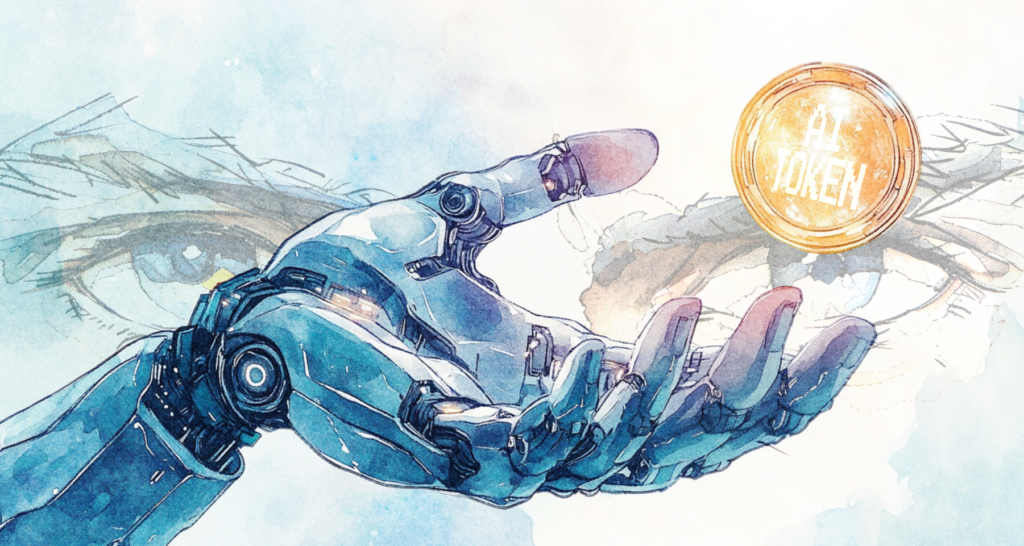First Digital USD (FDUSD): An Overview of the Stablecoin

First Digital USD (FDUSD) is a dollar-backed stablecoin launched in the summer of 2023 by the Hong Kong-based company First Digital Limited.
On this page
In just five months, FDUSD has achieved a market capitalization of $682 million, outperforming other well-known stablecoins like FRAX, USDP, PAXG, and more. Trading volumes in FDUSD pairs continue to increase, and some exchanges are even offering reduced trading fees for this stablecoin.
Who is behind FDUSD
The entity behind the FDUSD stablecoin is FD121 Limited, a subsidiary of First Digital Limited. As per Crunchbase, First Digital Trust secured funding of $25 million and is the custodian of the stablecoin, meaning it is responsible for safeguarding the asset's reserves.
The principal investors in the project include funds like Nogle Capital Management, Nogle, and Kenetic. Given that the issuer is a Hong Kong-licensed company, a significant portion of First Digital USD's reserves is expected to be held in Asian banks. The stablecoin was launched on the same day that Hong Kong introduced new cryptocurrency legislation.
FDUSD is fully backed by fiat assets held in segregated accounts. These accounts are structured so that different entities handle distinct functions: some manage transfers, and others are responsible for storage, auditing, checks, and so on. This arrangement enhances the decentralization of the asset, as its management is spread across several participants.
Key Features of FDUSD
Currently, the FDUSD stablecoin operates on the Ethereum and BNB Chain networks. The team has announced plans to significantly expand its availability across other blockchain platforms. The smart contract on Ethereum has been audited by PeckShield.
Monthly reserve reports and attestations of FDUSD are made public on the official website. Due to the extensive duration of the audit process, there is a 60-day delay in these publications (meaning the latest audit available in November would be from September). These audits provide insights into the reserve status of FDUSD. For example, in July, the reserve amount was $20 million, increasing to $383 million in August and further to $407 million in September. Given the stablecoin's 100% backing, the reserve volume typically aligns with the asset's market capitalization.
Direct purchase of FDUSD through the company is limited to select users who become clients of First Digital Labs and pass thorough checks, including anti-terrorism and anti-money laundering protocols. Retail investors and regular traders can buy the asset on secondary markets like cryptocurrency exchanges. Only clients of First Digital Labs can redeem FDUSD, meaning they can partially or entirely liquidate their stablecoin holdings in exchange for the fiat USD backing.
FDUSD Market Metrics
At the time of writing this article, based on data from the analytical resource Coingecko, the FDUSD stablecoin exhibits the following market characteristics:
- Asset Price: $1
- Market Capitalization: $682 million
- Circulating Supply: 682 million;
- Maximum Supply: Unlimited;
- Average Daily Trading Volume: $225 million
- Holders: 1,000.
The FDUSD stablecoin is currently integrated into the Ethereum and BNB Chain cryptocurrency networks. According to data from Etherscan and BSCScan, the majority of the coins are in liquidity pools for trading pairs on centralized exchanges like Binance, Gate, Bingx, and others. FDUSD can be purchased on these platforms using fiat currencies and other cryptocurrencies.
Pros and Cons of FDUSD
The FDUSD stablecoin boasts several advantages, such as:
- 100% backing by fiat assets, financial contracts, and bonds.
- High-quality decentralization achieved through the use of segregated accounts.
- Rapid growth in its client base, market capitalization, and trade volumes.
- Effectiveness in cross-border transactions, settlements for goods and services, and suitability for use in the DeFi sector.
- Reduced transaction fees.
However, there are also risks and disadvantages associated with this asset:
- Potential regulatory challenges for FDUSD outside Hong Kong.
- The risk of asset devaluation or detachment during abnormal market situations or events.
- Cybersecurity risks and the potential for hacking attacks. Even a smart contract audit doesn't guarantee the security of funds directly on decentralized exchanges (DEX).
- Dependence on First Digital Labs. While the segregation of accounts aids in decentralizing asset management, the issuer, First Digital Labs, and its operations with the backing assets exert a significant influence on FDUSD.
The relationship between FDUSD and Binance
In early August 2023, Binance launched trading pairs BTC/FDUSD and ETH/FDUSD on its platform, notably without any trading fees. This move quickly redirected user attention towards this new stablecoin, making it a preferred choice over USDT and USDC.
Binance also announced its plan to phase out support for its own stablecoin, BUSD, starting from 2024. BUSD is issued by Paxos. In response to this change, Binance issued an official recommendation for converting BUSD assets into FDUSD.
Interestingly, as of the writing of this article, the average daily trading volume for the BTC/FDUSD pair on Binance is $2 billion, while the total trading volume for the asset, as reported by CoinGecko and CoinMarketCap, is only $225 million. This indicates that these analytics platforms might not be accounting for the trading volume of FDUSD pairs on Binance, which is quite unusual.
Final Thought
FDUSD is a rapidly growing and increasingly popular stablecoin. Its primary advantage over USDT and USDC is the absence of trading fees on certain platforms. Holding FDUSD represents another method of hedging risks when dealing with stablecoins.
The content on The Coinomist is for informational purposes only and should not be interpreted as financial advice. While we strive to provide accurate and up-to-date information, we do not guarantee the accuracy, completeness, or reliability of any content. Neither we accept liability for any errors or omissions in the information provided or for any financial losses incurred as a result of relying on this information. Actions based on this content are at your own risk. Always do your own research and consult a professional. See our Terms, Privacy Policy, and Disclaimers for more details.


























